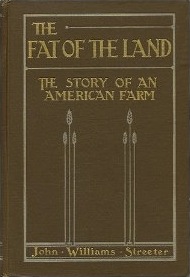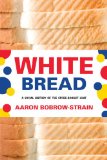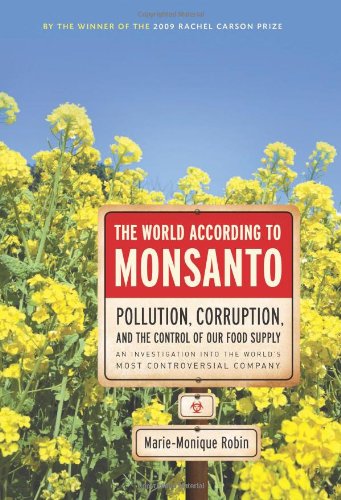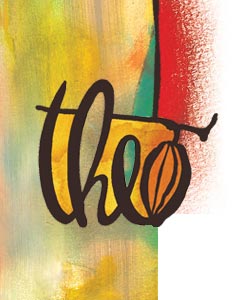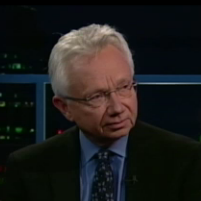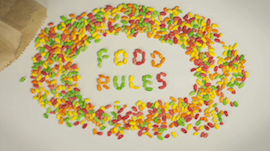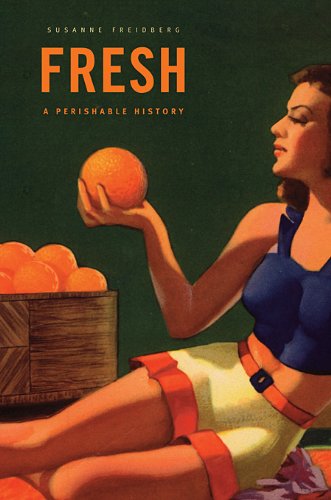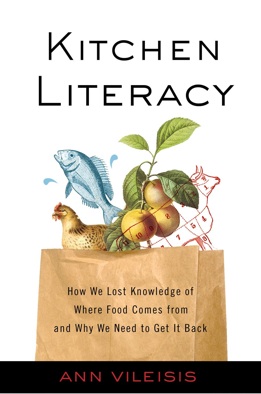Back to the Earth – A Reading List from the GoodFood World Library
There is a new wave of interest in good food, food you can trust, and food production on all scales. The literature of food and farming go back a long way, and there is a rich literature of food production just beginning to be explored. Here is a selection of books from the GoodFood World library touching on the heart and soul of farming for your late winter reading.

